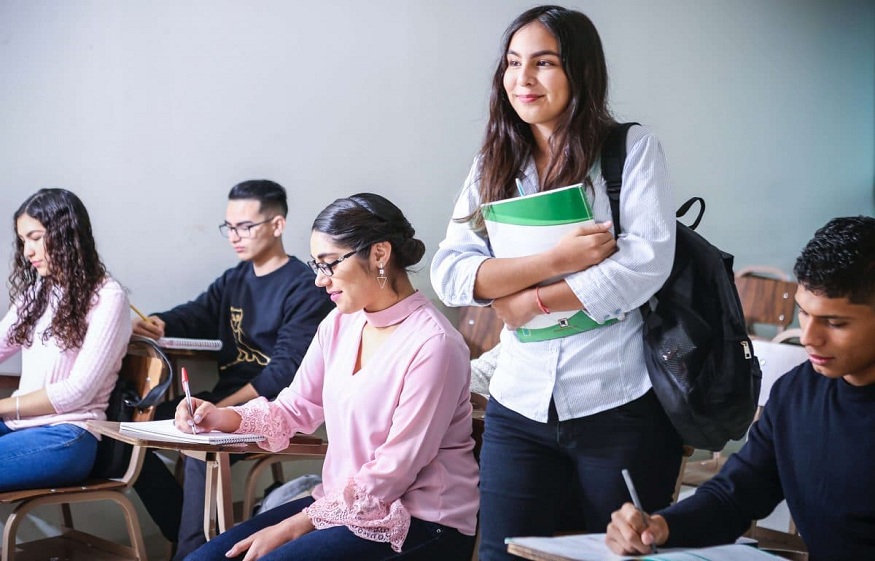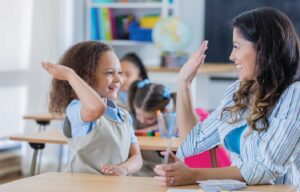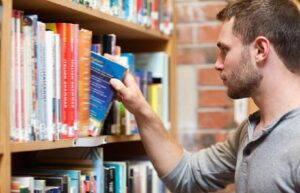The key ideas of traditional pedagogy

Traditional pedagogy is more teacher-centered, emphasizing the knowledge and skills of the instructor. Today, students are more engaged and interactive in the classroom. They can present their own ideas or opinions in class discussions, ask their teachers questions, or collaborate with classmates to learn new concepts.
Traditional teaching methods are often based on lectures, where the teacher is the one who presents the lesson and teaches the content to the students. In contrast, modern teaching styles often include group work or discussion-based activities where students can share their own thoughts and opinions on what they have learned.
It is clear that the new pedagogy has won in places of research and training. However, the traditional pedagogy is still the one that prevails today, but with a modernist disguise. The axis of this pedagogy is the transmission of knowledge.
Definition of traditional pedagogy
The term “ traditional pedagogy ” refers to traditional teaching methods that have been used in schools for many years. Traditional pedagogy is based on the idea that teachers are the ones who should provide knowledge and information to their students. Students should listen, take notes and ask questions if necessary.
It is an educational philosophy that emphasizes the importance of discipline, rote memorization, and repetition. It also involves the use of lectures, textbooks, and assignments to teach students.
The characteristics of traditional pedagogy
According to Jean Houssaye, traditional pedagogy can be positively defined by seven features:
1. The centrality of the teacher
There is a centrality of the teacher in traditional pedagogy that is difficult to replace. The teacher builds relationships and works with children of varying abilities and learning styles.
So the teacher is the most important figure in the traditional school system. In this teaching framework, the student’s role is simply to listen and learn. The teacher is the one who transmits all the information to the students, who facilitates learning and problem solving, who evaluates the progress of the students.
2. Impersonality of the relationship
In a traditional classroom, the teacher is often disconnected from his students. Its responsibility is to impart knowledge and skills to students, which can be done robotically without any emotional attachment.
On the one hand, it allows teachers to focus on teaching without having to worry about an emotional connection with students. On the other hand, it creates an environment where the teacher’s lack of empathy and understanding towards the student’s thoughts and feelings can lead to a lack of collaboration between student and teacher.
3. Strict asymmetry
The model on which pedagogy has long relied is that of strict asymmetry. It is a one-way flow of knowledge, with teachers deciding what to teach and students receiving.
4. Transmission of knowledge cut off from life
Traditional education does not do enough to help children discover the world and their place in it. Ensuring that what we teach children is relevant to their daily lives.
The transmission of knowledge or information from books or teachers has been cut off from life in traditional pedagogy . This means people only learn what’s on a page, but never how it works in the real world, because they never get a chance to see how it applies to everyday life.
5. Highly standardized educational ideal
The traditional learning environment focuses on a highly standardized educational ideal. This means that curricula and course materials are generally the same or similar across various regions and classrooms. These materials are standardized to create a common foundation of skills and knowledge, which also helps reduce barriers to learning.
Traditional pedagogy uses this highly standardized educational ideal as a framework for how students learn and even teachers teach to create a more unified experience for all students attending the same school system. Traditional teaching methods rely heavily on textbooks, assessments, quizzes, assignments, lectures, assignments, teacher manuals, and student manuals to activate this system.
6. Bureaucratic apparatus
Indeed, traditional schools have an organizational and bureaucratic structure that prevents students from developing skills in critical thinking, problem solving and autonomy.
They are forced to follow established curricula and pass examinations with rigid guidelines. In contrast, the new and active method focuses on the individual needs of the child by allowing him to explore his interests and develop his own learning style.
7. Charismatic role model
The teacher is an expert and a role model who uses a series of tricks to maintain control over the students. An example of this is a professor who can easily answer questions in class while demonstrating incredible expertise on their subject. This contrasts with the expert model where students are less likely to be impressed and more likely to critically examine the knowledge and beliefs of the teacher.







